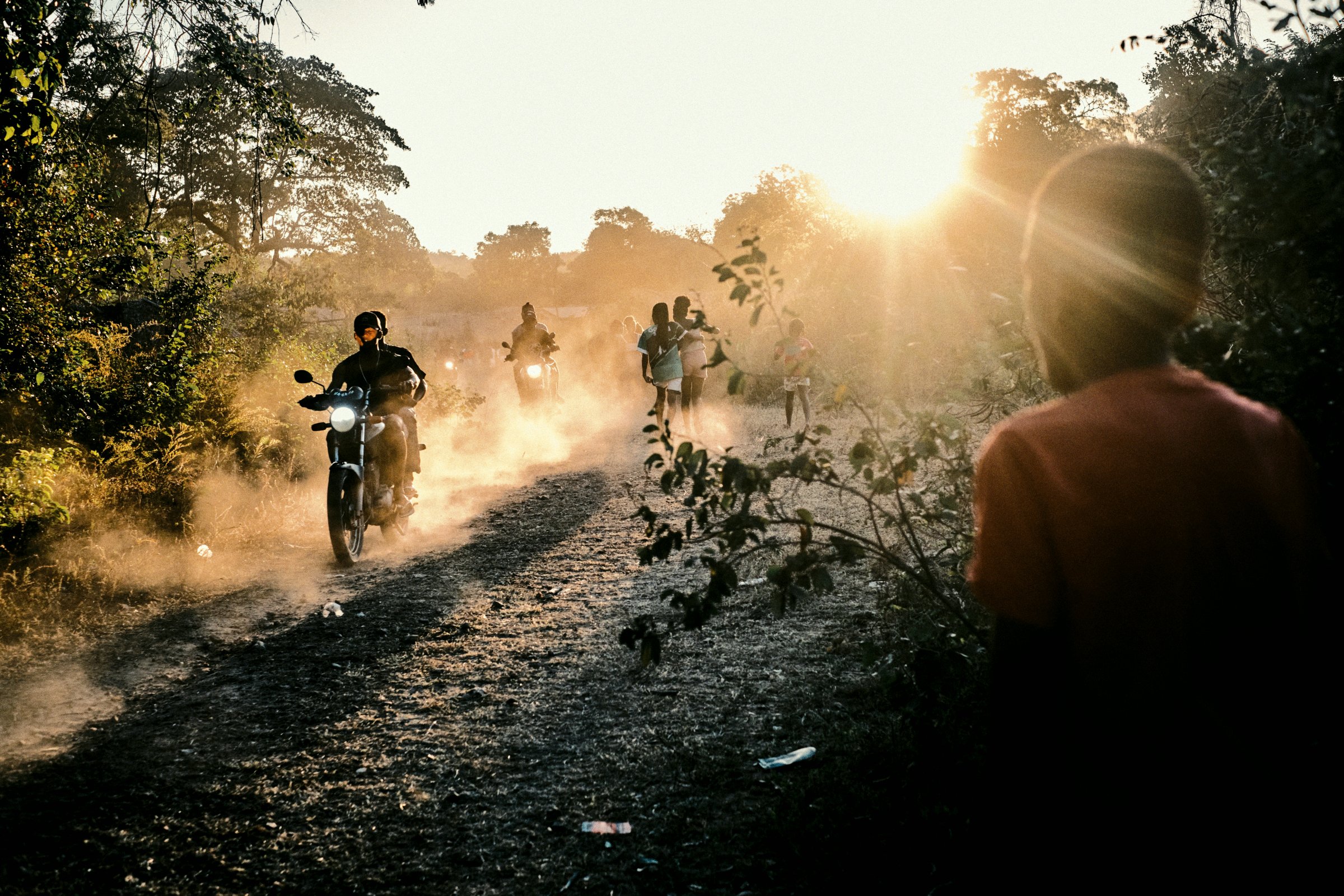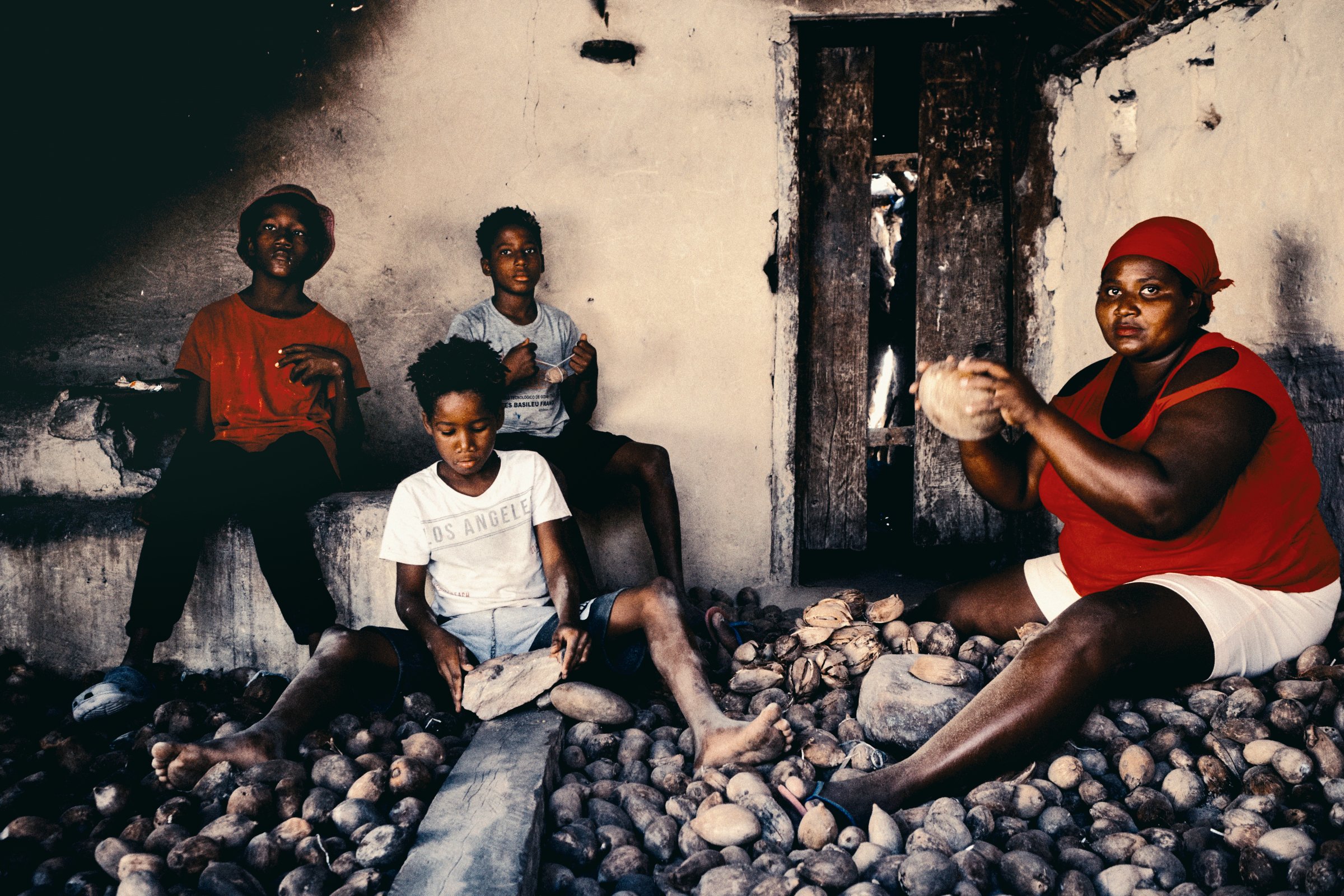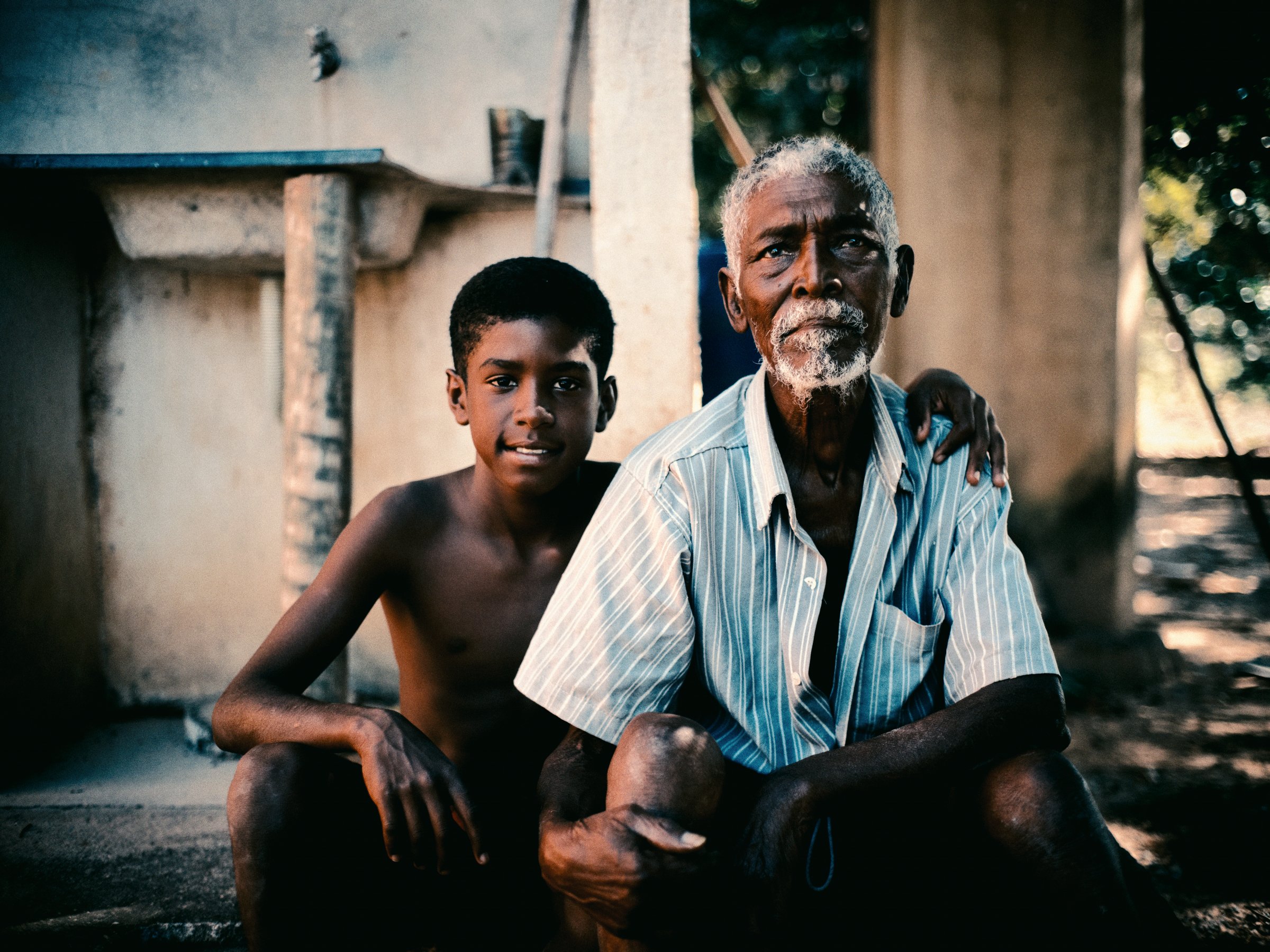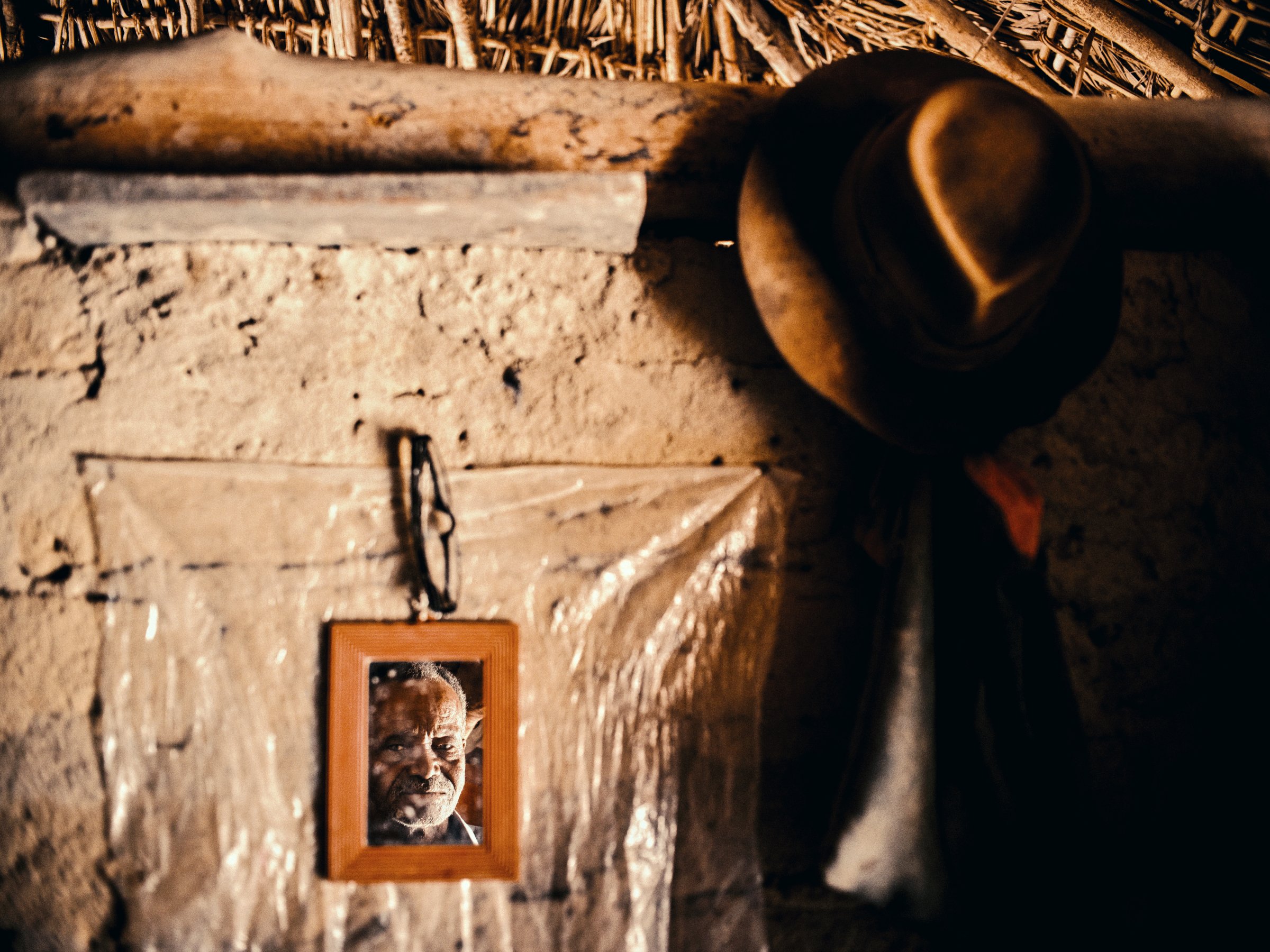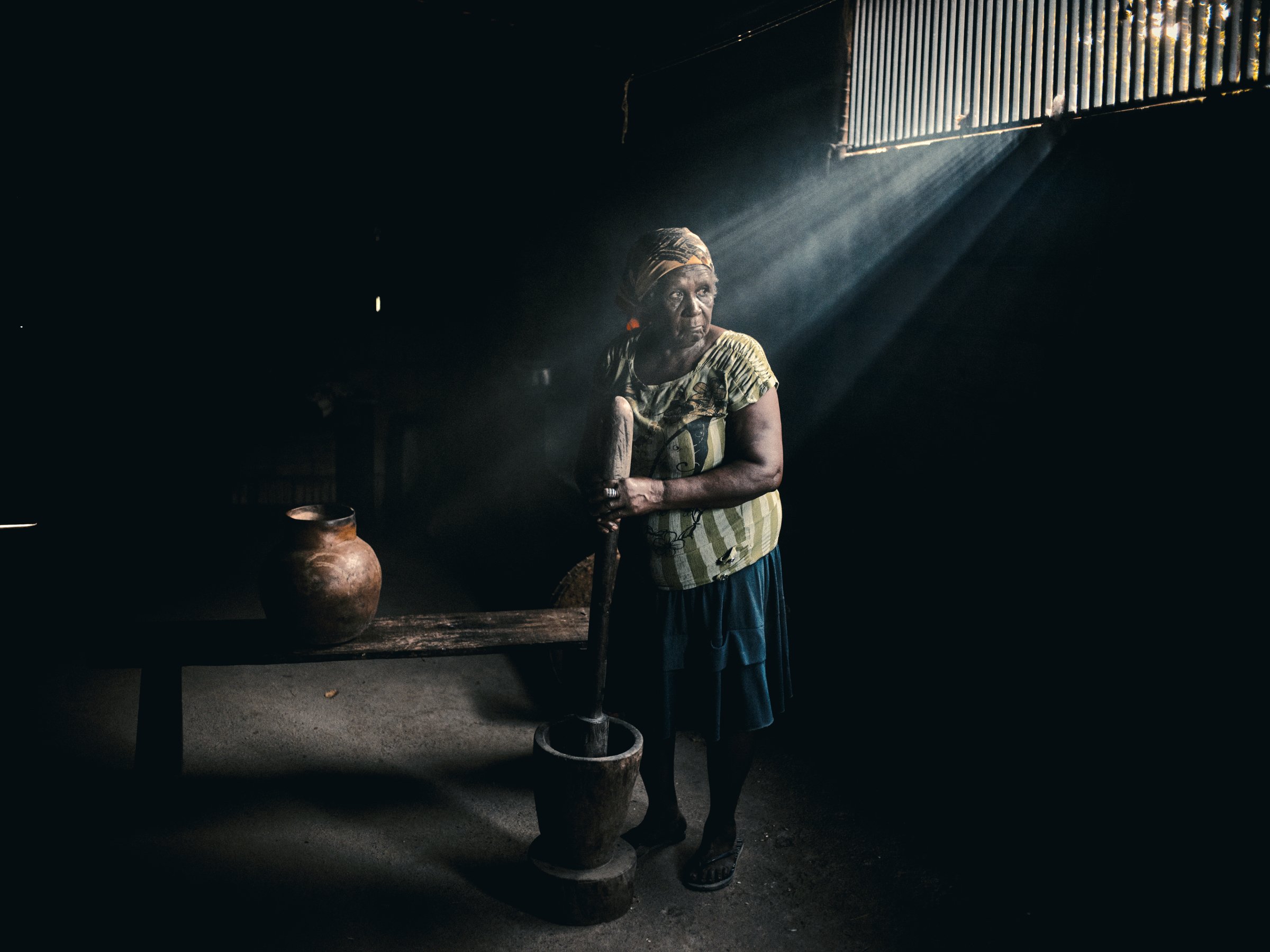
Sertão Kalunga
An ongoing project resulting from trips through the Kalunga quilombola territory, in the backlands of Goiás state.This project portrays the daily life of some families from communities in the Kalunga quilombola territory, in the northeast of the state of Goiás. The photos are the result of trips made through the region in 2023. With 262 thousand hectares, the Kalunga Historical and Cultural Heritage Site is the largest quilombola territory in Brazil. In 2021, the quilombo was recognized by the UN as the most conserved by its community, with 83% of the area with untouched vegetation. The region covers three municipalities and is home to 56 communities, with more than 8 thousand inhabitants. Its population settled there from the 18th century onwards, fleeing slavery in the region's gold mines.
The quilombo's economy is mainly based on subsistence agriculture, with the cultivation of family plots, in addition to ecotourism, extractivism and livestock farming. Due to the region's access difficulties, its population managed to isolate itself for a long time, developing its own autonomy and subsistence and suffering few external influences. With this, it also managed to maintain its cultural traditions, such as the festivals that bring together communities from all over the territory.
However, the same physical isolation that protects land from grabbing and helps preserve nature and the population's way of life also brings difficulties for the population. There is no regular public transport to the interior of the quilombo, and residents are dependent on irregular means of transport, such as 4x4 vehicles or shared truck beds, when they need to go to the city to shop, meet family or even to withdraw money from social benefits granted by the government. Thus, the expansion of BR-010, which would facilitate transport within the quilombo, leaves the population divided. While some residents defend the ease of access, others question the possible harm that could come from this expansion./
Este projeto retrata um pouco do dia a dia de algumas famílias de comunidades do território quilombola Kalunga, no nordeste do estado de Goiás. As fotos são resultado de duas viagens feitas pela região em 2023, em parceria com a agência @NaMuchila.Com 262 mil hectares, o Sítio Histórico e Patrimônio Cultural Kalunga é o maior território quilombola do Brasil. Em 2021, o quilombo foi reconhecido pela ONU como o primeiro território no Brasil conservado pela comunidade, com 83% de área com vegetação intocada. A região abrange três municípios e abriga 56 comunidades, com mais de 8 mil habitantes. Sua população se fixou ali a partir do século XVIII, fugida da escravidão nas minas de ouro na região. A economia do quilombo se baseia principalmente em agricultura de subsistência, com o cultivo de roças familiares, além do ecoturismo, extrativismo e pecuária. Devido às dificuldades de acesso da região, sua população conseguiu se isolar por muito tempo, desenvolvendo sua própria autonomia e subsistência e sofrendo poucas influências externas. Com isso, conseguiu também manter suas tradições culturais, como as festas que reúnem comunidades de todo o território.
No entanto, o mesmo isolamento físico que protege as terras de grilagem e ajuda na preservação da natureza e do modo de vida da população, também traz dificuldades para a população. Não há transporte público regular para o interior do quilombo, e os moradores ficam na dependência de meios de transporte irregulares, como veículos 4x4 ou caçambas de caminhões compartilhadas, quando precisam ir à cidade para fazer compras, encontrar familiares ou mesmo para fazer o saque de benefícios sociais concedidos pelo governo. Dessa forma, a ampliação da BR-010, que facilitaria o transporte dentro do quilombo, deixa a população dividida. Enquanto alguns moradores defendem a facilidade de acesso, outros questionam os possíveis malefícios que poderiam vir dessa ampliação. 









